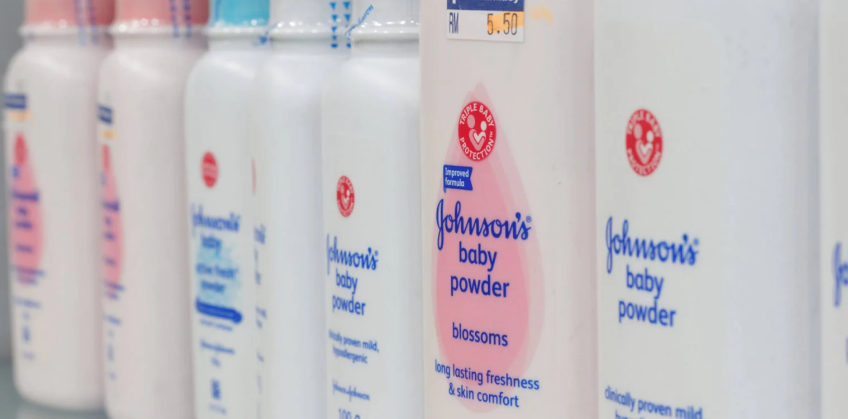A Legacy of Trust
For over a century, Johnson & Johnson (J&J) has been a household name, synonymous with trust and reliability. From Band-Aids to baby powder, its products have been integral to family care routines worldwide. The company's commitment to quality and safety has made it a go-to brand for generations.
However, this legacy has been severely challenged by the ongoing talcum powder controversy. Allegations that its baby powder products caused cancer have led to thousands of lawsuits and significant reputational damage. In October 2025, a Los Angeles jury ordered J&J to pay nearly $1 billion in damages to the family of a woman who died from mesothelioma, linking her illness to the company's talc-based baby powder. Sokolove Law
The Weight of Legal Battles
J&J faces over 67,000 lawsuits related to its talc products, with claims ranging from ovarian cancer to mesothelioma. These legal challenges have not only resulted in substantial financial settlements but have also kept the controversy in the public eye, perpetuating negative media coverage and public scrutiny. Reuters
The company's attempts to resolve these issues through bankruptcy proceedings have been unsuccessful, with courts rejecting its efforts to settle the claims. This ongoing litigation underscores the depth of the crisis and the difficulty in finding a resolution that satisfies all parties involved. Investopedia
Brand Reputation Under Siege
The talc scandal has eroded consumer trust, particularly among families who have been the cornerstone of J&J's customer base. Products once considered safe for infants and children are now viewed with skepticism. The company's attempts to rebrand and shift focus to other product lines have been met with mixed reactions, as the damage to its reputation is deep-rooted and persistent. This loss of consumer confidence has also affected shareholders, with investor sentiment weakening and the company’s stock experiencing volatility as concerns over future litigation costs and brand damage weigh on long-term financial performance.
While J&J continues to maintain that its talc products are safe and asbestos-free, the public perception has been significantly altered. The association between the brand and health risks has overshadowed its legacy of trust and reliability, further complicating prospects for shareholder value recovery.
Can Recovery Be Achieved?
In my opinion, full recovery from this scandal is unlikely. The nature of the allegations—particularly the claims of causing cancer, has a lasting impact on consumer trust. Even with the discontinuation of talc-based products and efforts to introduce new product lines, the shadow of the controversy lingers.
Brands that have faced similar crises, such as Tylenol's 1982 recall, have been able to recover due to swift action and transparent communication. However, the scale and severity of J&J's talc scandal present unique challenges that may be insurmountable.
Conclusion
Johnson & Johnson's journey from a trusted family brand to a company embroiled in legal and reputational turmoil serves as a cautionary tale. While efforts to recover are ongoing, the path to regaining consumer trust is fraught with challenges. In my view, the damage inflicted by the talc scandal is profound and may be beyond repair, especially among the families who once relied on the brand.














